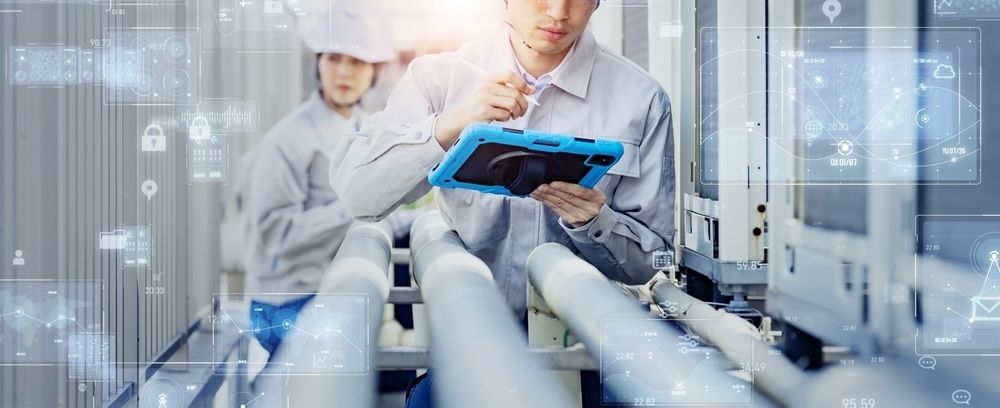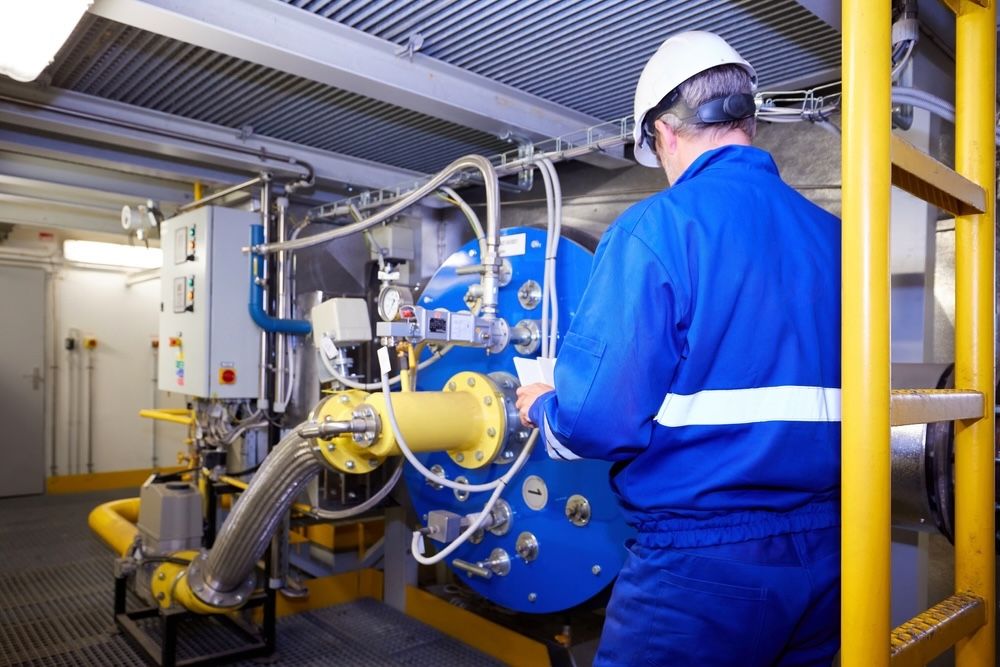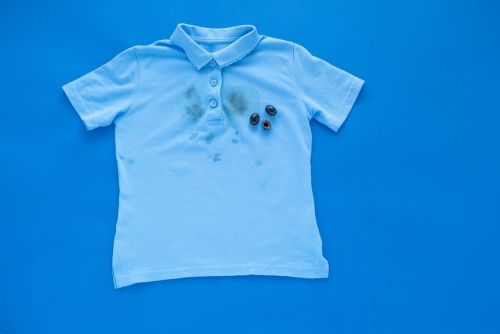Optimizing Cleaning Schedules with Predictive Maintenance in Commercial Spaces

In the world of commercial cleaning, maintaining high standards of cleanliness is critical, not just for the appearance of a business, but also for the health and well-being of employees, customers, and visitors. However, achieving this level of cleanliness can be both time-consuming and costly, especially if traditional cleaning schedules are used, where cleaning is done at set intervals regardless of the actual need. Enter predictive maintenance, a technology that has been transforming industries by enabling a proactive, data-driven approach. While predictive maintenance is more commonly associated with manufacturing and machinery, its applications in the commercial cleaning sector are rapidly gaining traction. This technology has the potential to revolutionize the way businesses approach cleaning, making operations more efficient, reducing costs, and improving the overall cleanliness of commercial spaces.
The Evolution of Predictive Maintenance in Commercial Cleaning
Predictive maintenance is not a completely new concept. Its origins can be traced back to industries that rely heavily on machinery, where preventing unexpected breakdowns is essential. By collecting and analyzing data from equipment, predictive maintenance allows businesses to anticipate failures before they happen, ensuring that repairs can be made proactively rather than reactively. In recent years, this technology has expanded beyond equipment maintenance and found its way into other industries, including commercial cleaning.
In commercial cleaning, predictive maintenance can be applied in various ways, from monitoring the cleanliness of high-traffic areas to assessing the condition of cleaning equipment. With the help of advanced sensors and data analytics, businesses can gather real-time information about how often certain areas are used, how quickly dirt and germs accumulate, and when cleaning interventions are necessary. This shift from scheduled cleaning to need-based cleaning not only reduces unnecessary effort but also ensures that cleanliness is maintained at optimal levels.
As commercial spaces continue to grow in size and complexity, the ability to use predictive maintenance to streamline cleaning operations becomes even more valuable. The technology helps create a more responsive cleaning process, where decisions are based on actual data rather than assumptions. This not only leads to a more efficient use of resources but also improves the overall cleanliness and hygiene of the space, which is particularly important in industries such as healthcare, hospitality, and retail, where cleanliness is critical to customer satisfaction and safety.

The Role of Smart Sensors and Data Analytics
At the heart of predictive maintenance in commercial cleaning is the use of smart sensors. These sensors can be placed in key areas throughout a facility to monitor traffic patterns, air quality, humidity levels, and the accumulation of dirt and germs on surfaces. By collecting real-time data, these sensors provide a comprehensive overview of the cleanliness of the space, allowing cleaning teams to prioritize areas that require immediate attention.
For example, in an office building, sensors might be placed at entrances, restrooms, break rooms, and conference areas to track how often these spaces are used throughout the day. High-traffic areas will likely require more frequent cleaning, while less-used spaces can be cleaned less often. This data-driven approach ensures that resources are allocated where they are needed most, preventing over-cleaning in some areas and under-cleaning in others.
Data analytics plays a crucial role in interpreting the information gathered by smart sensors. By analyzing patterns over time, businesses can gain insights into how cleaning needs change throughout the day, week, or month. For instance, in a retail setting, customer traffic may peak during certain hours or days, meaning that additional cleaning may be required during these times. In contrast, during slower periods, fewer cleaning resources may be needed. This type of predictive cleaning allows businesses to adjust their schedules dynamically, ensuring that cleanliness is maintained without wasting time or materials.
Reducing Unnecessary Cleanings and Waste
One of the most significant advantages of predictive maintenance in commercial cleaning is its ability to reduce unnecessary cleanings. Traditional cleaning schedules often require cleaning teams to clean specific areas at set intervals, whether they need it or not. This approach can lead to wasted time, effort, and materials, particularly in spaces that are not heavily used. By using predictive maintenance, businesses can eliminate these inefficiencies by cleaning only when it is necessary.
For example, a typical office cleaning schedule might involve vacuuming carpets, wiping down surfaces, and disinfecting high-touch areas at the end of each day. While this approach ensures that the office is clean, it may not always be necessary, particularly in areas that are not frequently used. By using predictive maintenance to monitor how often these spaces are occupied, businesses can adjust their cleaning schedules accordingly, ensuring that resources are used more efficiently.
In addition to saving time and labor, reducing unnecessary cleanings can also lead to significant cost savings. Cleaning supplies, such as disinfectants, paper towels, and cleaning agents, are often used in large quantities, particularly in high-traffic areas. By reducing the frequency of cleanings in less-used spaces, businesses can cut down on the amount of supplies needed, leading to lower operational costs. This not only benefits the business financially but also contributes to a more sustainable approach to cleaning by reducing waste.

Improving Hygiene Standards with Targeted Cleaning
While reducing unnecessary cleanings is important, ensuring that high-traffic and high-touch areas are cleaned as often as necessary is equally critical, particularly in environments where hygiene is a top priority. In industries such as healthcare, hospitality, and food service, maintaining strict hygiene standards is essential to prevent the spread of germs and illnesses. Predictive maintenance allows businesses to focus their cleaning efforts on these areas, ensuring that they are cleaned and disinfected as needed.
For example, in a healthcare facility, predictive maintenance can be used to monitor patient rooms, waiting areas, and restrooms, ensuring that these spaces are cleaned and sanitized regularly. By tracking the number of people who enter and exit these areas, sensors can trigger cleaning alerts when certain thresholds are reached, ensuring that cleaning teams are dispatched promptly. This proactive approach helps to prevent the spread of infections and ensures that patients, staff, and visitors are protected.
In addition to healthcare settings, predictive maintenance can also be applied in other industries where hygiene is critical. In food service, for example, kitchens, dining areas, and restrooms must be kept clean at all times to prevent contamination. By using predictive maintenance to monitor these spaces, businesses can ensure that cleaning is done at the right time, reducing the risk of foodborne illnesses and other health hazards.
Cost Savings Through Efficiency and Resource Optimization
Cost savings are a major benefit of predictive maintenance in commercial cleaning, particularly for businesses that operate on tight budgets. By optimizing cleaning schedules and reducing unnecessary cleanings, businesses can significantly cut down on labor costs. Cleaning teams can be deployed more efficiently, focusing their efforts on areas that require attention rather than spending time cleaning spaces that are already clean. This not only improves productivity but also reduces the amount of time that employees spend on cleaning tasks.
In addition to labor savings, predictive maintenance can also lead to cost reductions in other areas. For example, by reducing the frequency of cleaning in less-used spaces, businesses can lower their consumption of cleaning supplies, water, and energy. This is particularly important for businesses that operate large facilities, such as office buildings, shopping malls, and hotels, where cleaning costs can add up quickly. By using data to drive cleaning decisions, businesses can ensure that resources are used efficiently, leading to long-term cost savings.
Moreover, predictive maintenance can help extend the lifespan of cleaning equipment and supplies. For example, by tracking the condition of vacuum cleaners, floor scrubbers, and other cleaning tools, businesses can schedule maintenance and repairs before equipment breaks down. This proactive approach not only prevents costly downtime but also ensures that equipment remains in good working order for longer, reducing the need for replacements.

Practical Applications and Case Studies
Predictive maintenance in commercial cleaning is still a relatively new concept, but several early adopters have already seen significant benefits. For example, a large office complex in New York City implemented predictive cleaning technology to monitor foot traffic in common areas, restrooms, and conference rooms. By using sensors to track occupancy levels, the cleaning team was able to adjust their schedules in real time, ensuring that high-traffic areas were cleaned more frequently while less-used spaces were cleaned only when necessary. As a result, the company was able to reduce cleaning costs by 20% while maintaining a high standard of cleanliness.
In another case, a hospital in California used predictive maintenance to monitor the cleanliness of patient rooms, waiting areas, and restrooms. By tracking the number of people who entered and exited these areas, the hospital was able to ensure that cleaning teams were dispatched promptly to high-traffic areas, reducing the risk of infection. This proactive approach not only improved hygiene standards but also helped the hospital save on labor and cleaning supplies.
These case studies highlight the potential of predictive maintenance to transform commercial cleaning operations. By leveraging data and technology, businesses can create more efficient, cost-effective cleaning processes that improve cleanliness and hygiene while reducing waste.

Future of Commercial Cleaning
As businesses continue to look for ways to optimize their operations and reduce costs, predictive maintenance offers a promising solution for the commercial cleaning industry. By using data to drive cleaning decisions, businesses can create more efficient cleaning schedules, reduce unnecessary cleanings, and improve hygiene standards. The result is a cleaner, healthier environment for employees, customers, and visitors, along with significant cost savings.
While predictive maintenance is still an emerging trend in commercial cleaning, its potential is clear. As more businesses adopt this technology, the industry will continue to evolve, creating new opportunities for efficiency, sustainability, and innovation. For businesses looking to stay ahead of the curve, now is the time to explore the benefits of predictive maintenance and how it can be integrated into their cleaning operations.
Check more articles on our blog

Why Opt for Commercial Carpet Cleaning for Salt Stains and How to Prevent Them

How to Manage Startup Office Cleaning Without Losing Your Focus

The Role of Enzymatic Cleaners in Professional Cleaning
